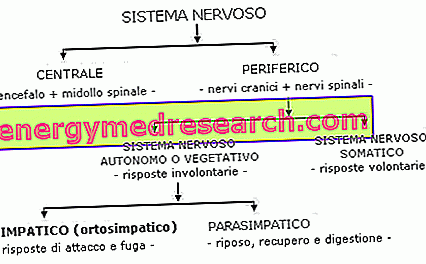Definition
The term "articular hypermobility" means a broad spectrum of disorders characterized by the ability to extend some or all joints beyond normal physiological limits. Patients present ligamentous laxity (relaxation of tissues that hold the joint together) and muscle weakness. Furthermore, they experience recurrent dislocations.
The joints most affected by hypermobility are the knee, shoulder, elbow, wrist and finger joints. This is a fairly common problem, particularly in children, as their connective tissue is not yet fully developed. In fact, joint mobility in humans changes with age: it is higher after birth and gradually decreases over a lifetime. Furthermore, the range of joint movement is greater in females than in males.
In most cases, this manifestation is not related to other diseases ( benign hypermobility ). A greater joint mobility, in fact, can be constitutional and depend on a particular bone and muscular structure, the lack of proprioceptive sensation (altered ability to perceive the extension of the joints) and from previous family members.
In addition to greater mobility, some patients also complain of mild myalgia, intermittent joint swelling and a typical fibromyalgia syndrome; in this case, the disorder is called hypermobility syndrome . Joint laxity can coexist with postural disorders, such as scoliosis and flatfoot valgus.
Sometimes, hypermobility is due to a systemic pathology, such as Down syndrome, imperfect osteogenesis and cleidocranial dysostosis (rare genetic anomaly of bone development). Ehler-Danlos syndrome and Marfan syndrome are also serious disorders characterized by this symptom.
However, greater joint mobility can also be acquired in some sporting disciplines through specific training techniques that allow us to overcome the physiological limits, as in the case of ballet dancers, gymnasts, contortionists or martial artists.
In general, joint hypermobility is quantified in clinical screening using a scoring system: the Beighton scale. A point is assigned for each of the following elements (note: if they are bilateral two points are assigned): extensibility of the elbow and knee joint greater than 10 degrees, ability to extend the fifth metacarpophalangeal joint up to 90 degrees and capacity to oppose the thumb to the forearm. To this score, the last element must be added, that is the ability to place the palms of the hands on the floor keeping the knees extended. About 12-20% of people with rheumatological diseases get a Beighton score between 5 and 9 (the maximum score is 10).
Possible Causes * of Joint Hypermobility
- Hallux valgus
- Distortion
- Imperfect osteogenesis
- Flatfoot
- Down syndrome
- Ehlers-Danlos syndrome
- Marfan syndrome



